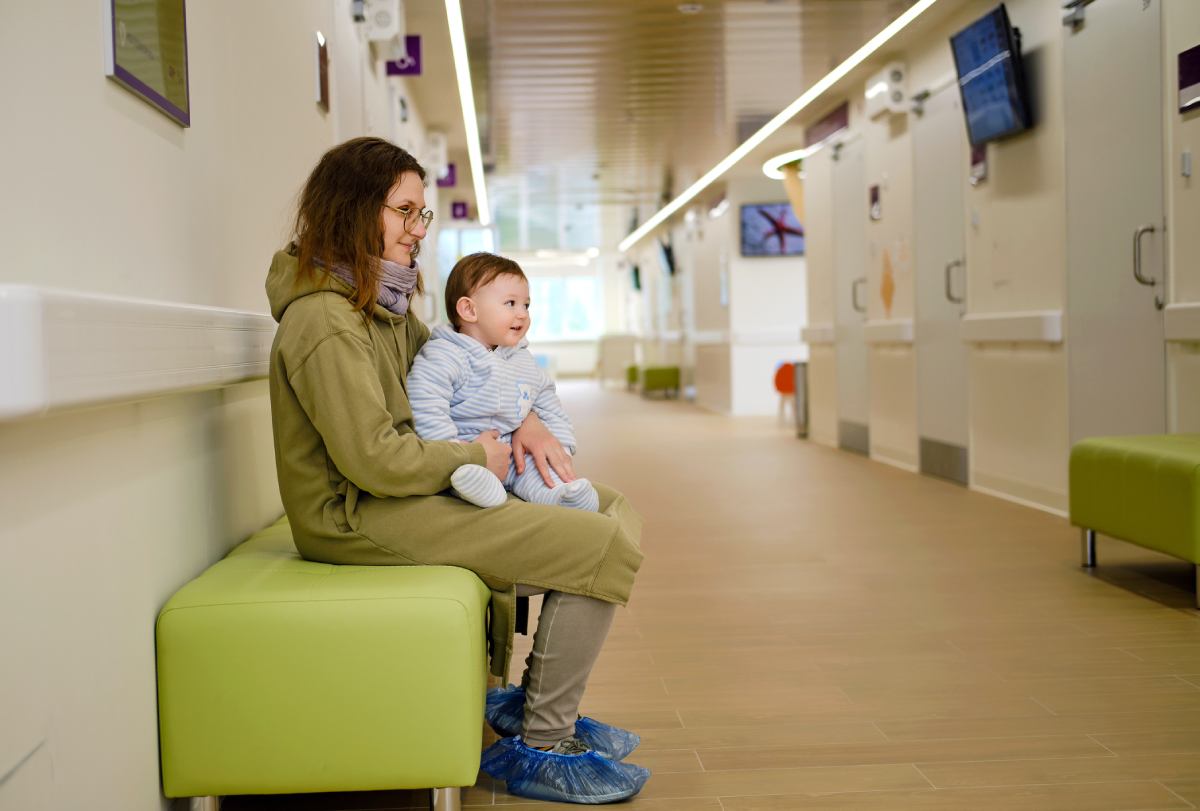The average delay from an initial autism screening to obtaining a diagnosis is more than two years, according to a new study.
The findings may explain why the average age at diagnosis has stalled at 4 years old since 2000, despite recommendations from the American Academy of Pediatrics in 2007 to screen all children at 18 and 24 months old.
The two-year gap is not a surprise, but it is disappointing and unacceptable, says Sally Ozonoff, professor of psychiatry and behavioral sciences at the University of California, Davis, who was not involved in the study.
The new work is an initial step in a project focused on improving early detection of autism, says lead investigator Whitney Guthrie, assistant professor of psychiatry and pediatrics at the Children’s Hospital of Philadelphia in Pennsylvania. Children with autism can’t receive care until they have a diagnosis. And the earlier behavioral interventions can start, the more effective they are likely to be.
“A long diagnostic odyssey is really stressful for families,” Guthrie says.
In another study by Guthrie and her colleagues, toddlers who received a nine-month-long intervention starting at 18 months old showed greater improvements in social communication and self-help skills than did toddlers who started the same regimen at 27 months old.
Because of the diagnosis delay, “we are wasting prime intervention time during the window of high brain plasticity,” Ozonoff says.
G
uthrie and her team examined the electronic health records of 1,915 autistic children in the TriNetX research network. The database contains anonymized records for more than 105 million patients from 67 health-care organizations.Autism diagnosis in that cohort occurred, on average, almost 27 months after the first developmental screening, the team found. The findings were published last month in the Journal of Pediatrics.
The researchers found no significant difference in the delay time based on sex, race or ethnicity, despite previous research highlighting such disparities. This does not mean the disparities don’t exist, but rather that the heterogeneity of the dataset might make them harder to see, Guthrie says.
The findings also revealed no advantage from repeated screenings, despite other work showing that multiple screenings shorten the diagnostic delay. This discrepancy is probably due to the fact that the health records in the dataset do not include the results of individual screenings, but just that they took place, Guthrie says.
“Having data on which screening test was administered and the results would have given a more complete picture of the effects of autism screening,” Paul Carbone, medical director of the Child Development Program at the University of Utah in Salt Lake City, told Spectrum in an email. Carbone was not involved in the study. “I suspect knowing this information would have illustrated some of the benefits of autism screening.”
Several factors could be contributing to the delay, including imperfect screening tools and hurdles in the health-care system, Guthrie says. “There are so many more families that need an autism diagnosis than there are places to go, slots for autism evaluations. The need greatly eclipses our country’s capacity.”
S
creening tools have many false positives by design, “because they’re meant to cast a broad net and leave no stone unturned,” Ozonoff says. But that can increase the demand for appointments with diagnostic specialists and prolong the wait for everyone, says study investigator Qiushi Chen, assistant professor of industrial and manufacturing engineering at Pennsylvania State University in State College.Expanding the pool of who can diagnose autism could ease the bottleneck. Primary care physicians may not feel comfortable giving a diagnosis based on their residency training alone, and instead refer their patients to specialists, says Mona Doss Roberts, assistant professor of pediatrics at Boston University in Massachusetts, who was not involved in the paper.
Training a primary care pediatrician at a Boston hospital to diagnose autism decreased the wait time for a developmental assessment from 135 to 68 days, according to a pilot study by Roberts and her colleagues, published last month.
“Innovative solutions like this could address some of the barriers and lead to better access,” says Carbone, who was not involved in that work either.
On the screening front, Guthrie and Chen are working on a machine-learning-based tool that factors a child’s entire medical history — including their sex and whether they have siblings with autism — into their screening results to increase the accuracy.
The tool could make the best use of limited health-care resources by prioritizing the children with the greatest likelihood of having autism, Chen says.






